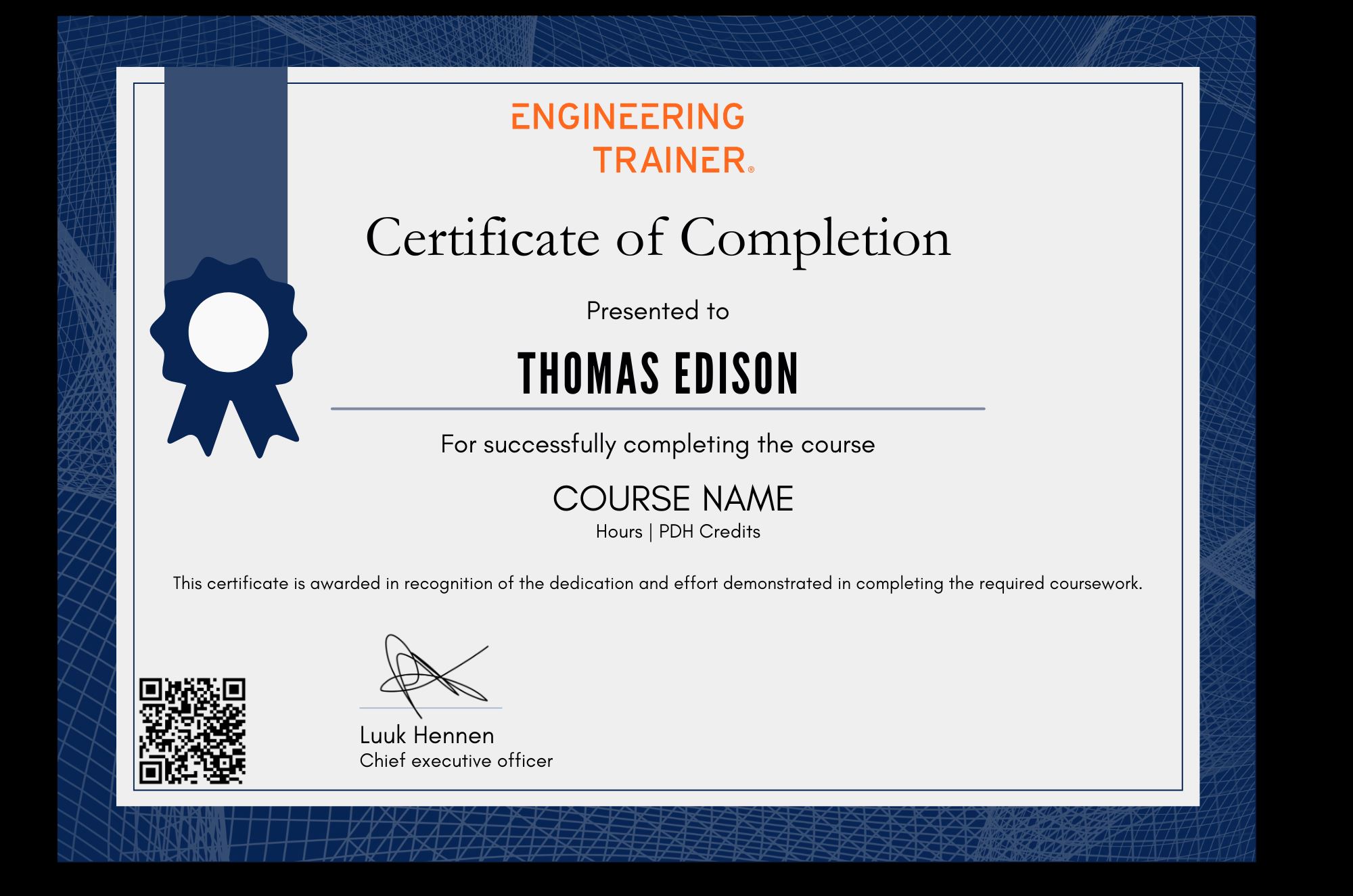Valve Trim
Why take this course?
This self-paced course focuses on valve trim, covering flow capacity, inherent valve characteristics, and internal leakage. Participants will learn about trim material selection, the importance of flow direction, and stem retention for blow-out prevention. The course includes video lectures, quizzes, and offers a certificate with PDH credits upon completion.
What you'll learn
After this course, you....
• know how the required flow capacity relates to the valve size and weight,
• are familiar with Internal leakage, its causes and how it can be determined,
• have seen the effect of choosing the flowing direction through the valve,
• know how stem retention is designed into the valve,
• understand the many different design details of valve trims,
• know why hard facing of trim materials will avoid damage to the trim.
About the course
Valve trim, that is the components that determine the flow capacity of a valve, is the subject of this Self-Paced course. Learn about the flow capacity and inherent characteristic of a control valve.
Internal leakage, trim material selection, why the flow direction matters, and stem retention (blow-out prevention) are also explained. The course concludes by showing typical examples of trim damage in industry.
Who should attend this course
• Those involved in the maintenance and operation of valves.• Those looking to understand the documentation and testing aspects of requisitioning and manufacturing.
• Those needing to become familiar with the fundamentals of using an actuated valve in industry.
Prerequisites
An affinity with working on or designing for an industrial plant.Program & Details
-
Valve Trim
1. Flow capacity
2. Internal leakage
3. Inherent characteristic
4. Flowing direction
5. Stem retention
6. Trim design
7. Trim materials
8. Trim damage
Certification


Why choose EngineeringTrainer
-
Unlimited Team-wide Access
-
Advance Technical Competences
-
Courses by Industry Authorities
Since using EngineeringTrainer our internal mentorship has a much more matured character.
Logan Chapman - COO at Chapman Consulting Inc.







